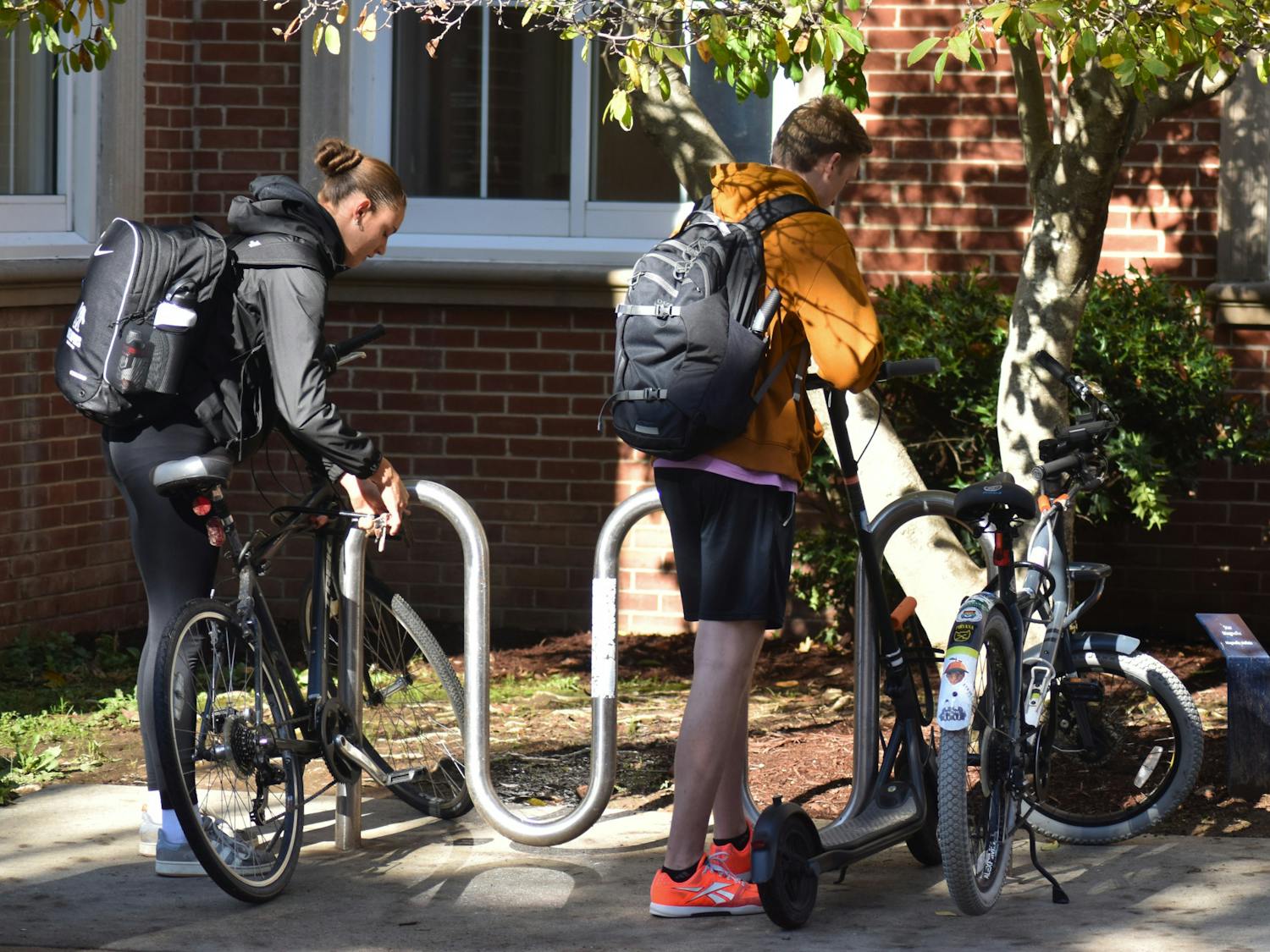Paige Buatt, a 22-year-old international business major at Mississippi State University, was studying in the Mitchell Memorial Library when sirens went off on Thursday morning.
“I didn’t think anything of it, but then we got an emergency alert saying there was a shooter on campus,” Buatt said. “I was really scared. I hid under the desk. I was in there for maybe an hour.”
The suspect was a Mississippi State freshman, Fhu-Qui (Bill) Nguyen, who was reportedly threating to commit suicide and harm other students on campus. No shots were fired, however, and campus police quickly arrested Nguyen shortly after 10 a.m.
“Our campus police and local police in Starkville were so quick, they were on their game,” Buatt said. “They got here so fast, and made sure everything was safe before clearing us.”
While Campus shootings don’t happen everyday, they aren’t few and far between. At least 27 shootings occurred on or near college campuses in 2013, according to a Huffington Post survey.
The University of Memphis was last locked down in 2007 after the on campus murder of football player Taylor Bradford. Students were secured in their dorms until the next morning when it could be determined there was no imminent danger. In the coming weeks, a U of M student was charged and later convicted of plotting the murder.
The U of M has safety protocol set in place for students, faculty and staff in the event of an active shooting threat on campus.
University President David Rudd is primarily responsible for managing any crisis that occurs on the U of M campus. Emergency management is typically integrated into four phases: mitigation, preparedness, response and recovery.
U of M Director of Police Operations Derek Myers suggested that students use TigerText as well as report any suspicious behavior to campus police. Students can do so anonymously.
Myers said U of M police participate in continuous training exercises — including multi-agency exercises with every local police department and the local federal law enforcement offices, such as the FBI, or secret services — to respond to situations like this.
U of M’s current crisis plan sees constant revisions, according to Myers. This is based on the results of actual events, post-exercise drills and activities, and input from units and departments tasked in the plan.
The University will review this plan on an annual basis, Myers said, but will also make incremental changes, modifications and adjustments as conditions warrant.
Although the situation is uncommon, students can find information on what to do in the event of an active shooting on the Crisis Management Plan, which is located on the U of M’s website.
Many students, like Buatt, never imagine they will find themselves in such a situation, but according to University officials, it’s important to know what safety measures to take.
“It was a false alarm,” Buatt said. “But a lot of people were crying. It was just really scary.”





